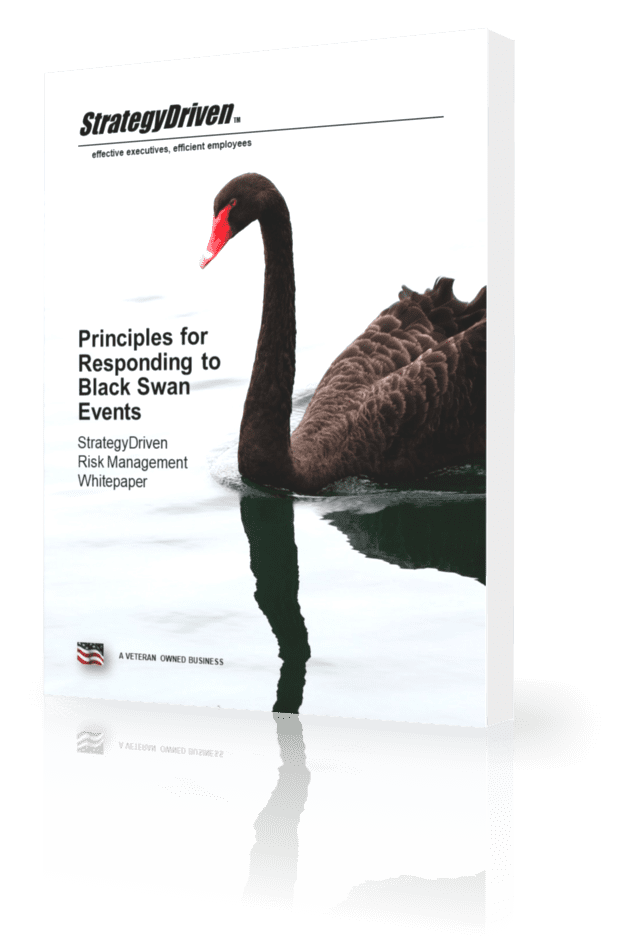Tactical Execution Best Practice 6 – Succession of Authority

StrategyDriven Contributors
Limited resources, personnel, financial, and material, are a constraining reality faced by every business. These constraints prevent leaders from executing on business activities and in some avoidable cases result in customers not receiving the goods and services to which they are entitled. In other instances, business operations cease altogether. While demand spikes cannot be perfectly anticipated, policy-induced limitations are fully avoidable and often inexcusable. An executable authority succession pan is one such mechanism used to avoid a policy-driven operational stoppage.
Hi there! Gain access to this article with a StrategyDriven Insights Library – Total Access subscription or buy access to the article itself.
| Subscribe to the StrategyDriven Insights Library
Sign-up now for your StrategyDriven Insights Library – Total Access subscription for as low as $15 / month (paid annually). Not sure? Click here to learn more. |
Buy the Article
Don’t need a subscription? Buy access to Tactical Execution Best Practice 6 – Succession of Authority for just $2! |











Leave a Reply
Want to join the discussion?Feel free to contribute!